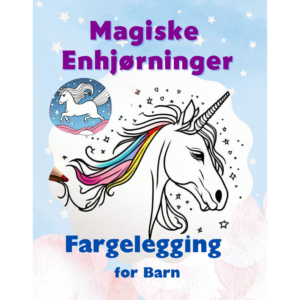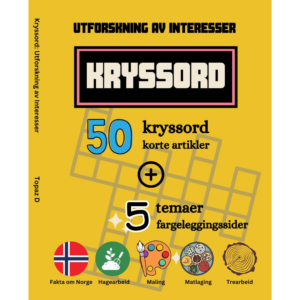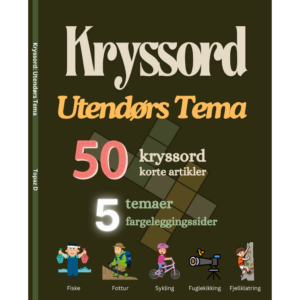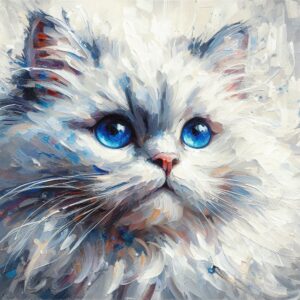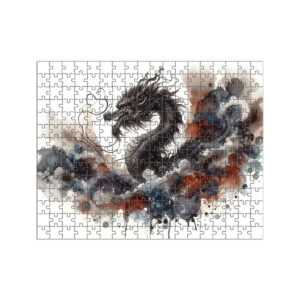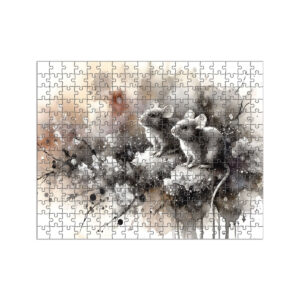
Explore & Play
Discover interesting topics and solve the accompanying crossword puzzle.
Dye Crossword: Exploring Natural Colorants and Textile Traditions
Table of Contents
Dye Crossword
You can either fill in the crossword puzzle directly on this page or click the button in the bottom right corner to print it for free.
——————————————
Exploring Natural Colorants: Dye Crossword Clues and Textile Traditions
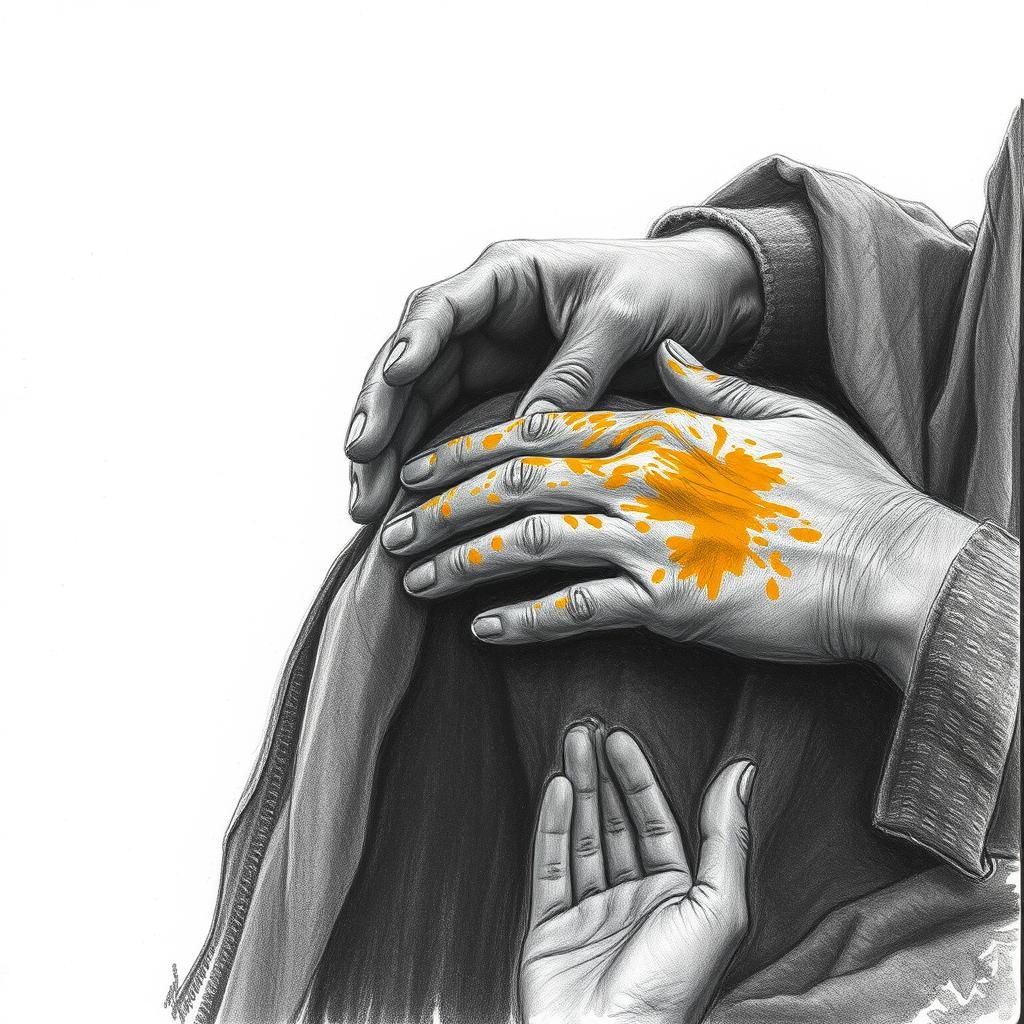
Introduction
There’s something quietly captivating about the colors woven into fabrics long before synthetic dyes hit the scene. Natural dyes have been the heartbeat of textile traditions across the globe—each hue telling a story rooted in the earth, plants, and centuries of human hands turning fiber into art. Even today, in 2025, colors like the deep blues of indigo and the golden notes of saffron aren’t just trends; they connect us to a living heritage of craft and culture.
Take indigo, for example—its rich blue has been prized from the markets of ancient India to the cotton farms of West Africa. It’s more than a color; it’s history folded into fabric. Similarly, saffron’s vibrant yellows carry the weight of rarity and reverence, tracing back through rituals and robes. These natural dyes don’t just color cloth—they breathe life into stories, rituals, and identities.
What’s fascinating is how this tradition gently crosses into unexpected places, even crossword puzzles. Clues like “henna” or “mordant” bring the chemistry and craft of dyeing out of the studio and into a moment of everyday curiosity. They link language, science, and culture—a playful reminder that color is not just seen but understood, puzzled over, and passed along.
So, as we explore natural colorants, we’re not just talking pigments. We’re stepping into a world where history, art, and nature blend—where every shade invites us to pause and wonder at the threads connecting past and present.
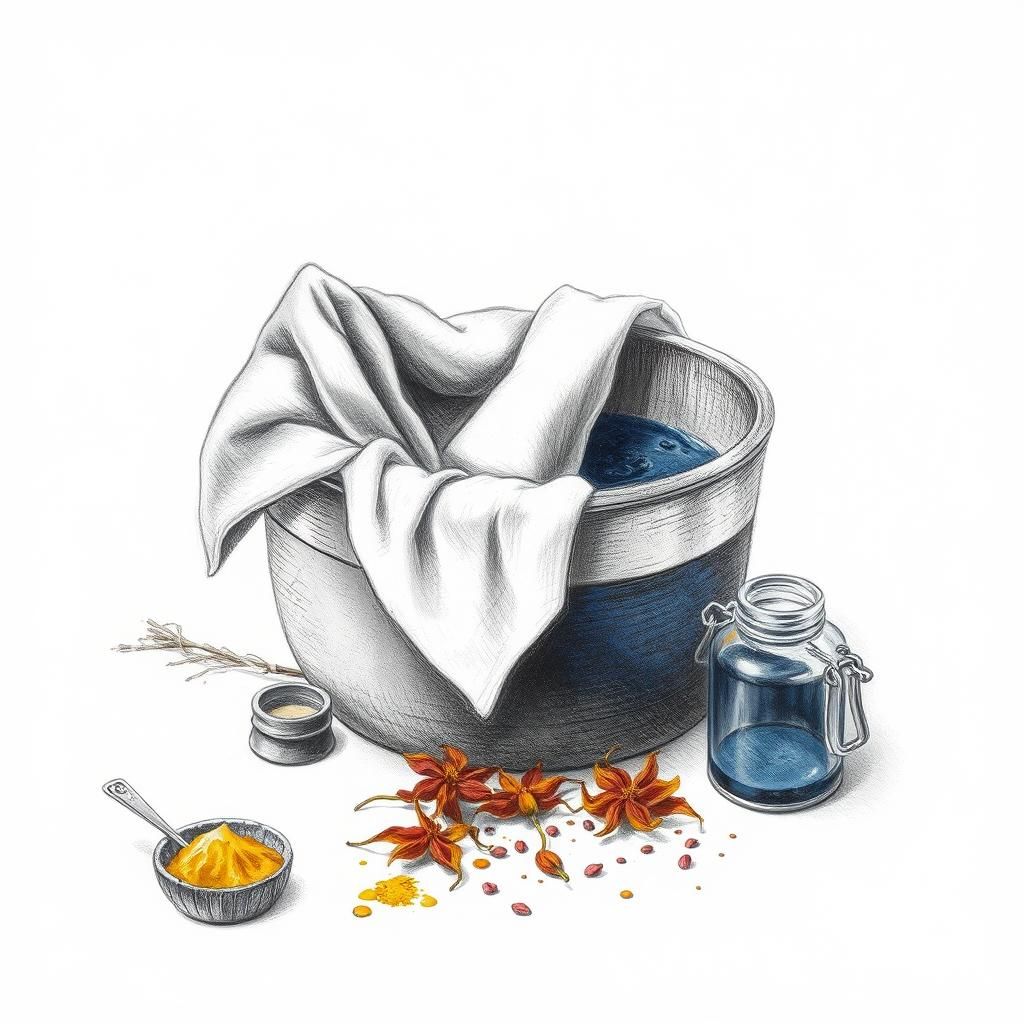
The Science Behind Natural Dyes
Step into a dye vat and you’re stepping into an age-old chemistry lab where plants, minerals, and water dance together to paint fabric in colors both bold and subtle. Take indigo, for example—the deep, mesmerizing blue that’s captured imaginations from ancient Egypt to modern denim. Unlike many dyes, indigo doesn’t dissolve in water; it needs a clever process called vat dyeing. Here, the fabric is soaked in a liquid that’s almost colorless but, as it meets the air, blooms into rich blue, like watching a slow-motion sunrise on cloth.
Then there’s saffron, a treasure more precious than gold in the dye world. Just a whisper of those crimson stigmas yields a yellow tint that’s both vibrant and delicate. Its rarity wasn’t just for show: saffron-dyed fabrics often carried meanings—wealth, status, spirituality—and yet the color can fade unless treated carefully. That’s where mordants come in.
Mordants are the unsung heroes that lock colors in place. Alum, iron, tannin—each brings its own magic, changing not only how long a dye lasts but how it looks. Alum brightens hues, iron darkens or “ages” them, and tannin, derived from tree bark, gives a warm depth. By creating a chemical bridge between the fabric and dye molecules, mordants ensure that what was once a fleeting splash now becomes a lasting story woven into the textile.
Henna offers a living example of this science and culture intertwined. Its reddish-brown stains aren’t just pretty; they’re tied to rituals and celebrations across continents. While henna’s pigments latch on firmly to skin and fabric alike, mordants help textiles hold onto their earthy tones through time and wear.
What’s remarkable is how these practices, born from centuries of trial and error—and a deep understanding of nature’s palette—continue to inspire artists and craftspeople today. In batik’s wax-resist processes or the careful mordanting of silk threads, the marriage of science and art reveals itself in every dyed thread. And it’s this blend of technique and tradition that crossword puzzles quietly honor with clues like “mordant” or “henna,” inviting us all to appreciate the colorful alchemy behind the fabrics we cherish.
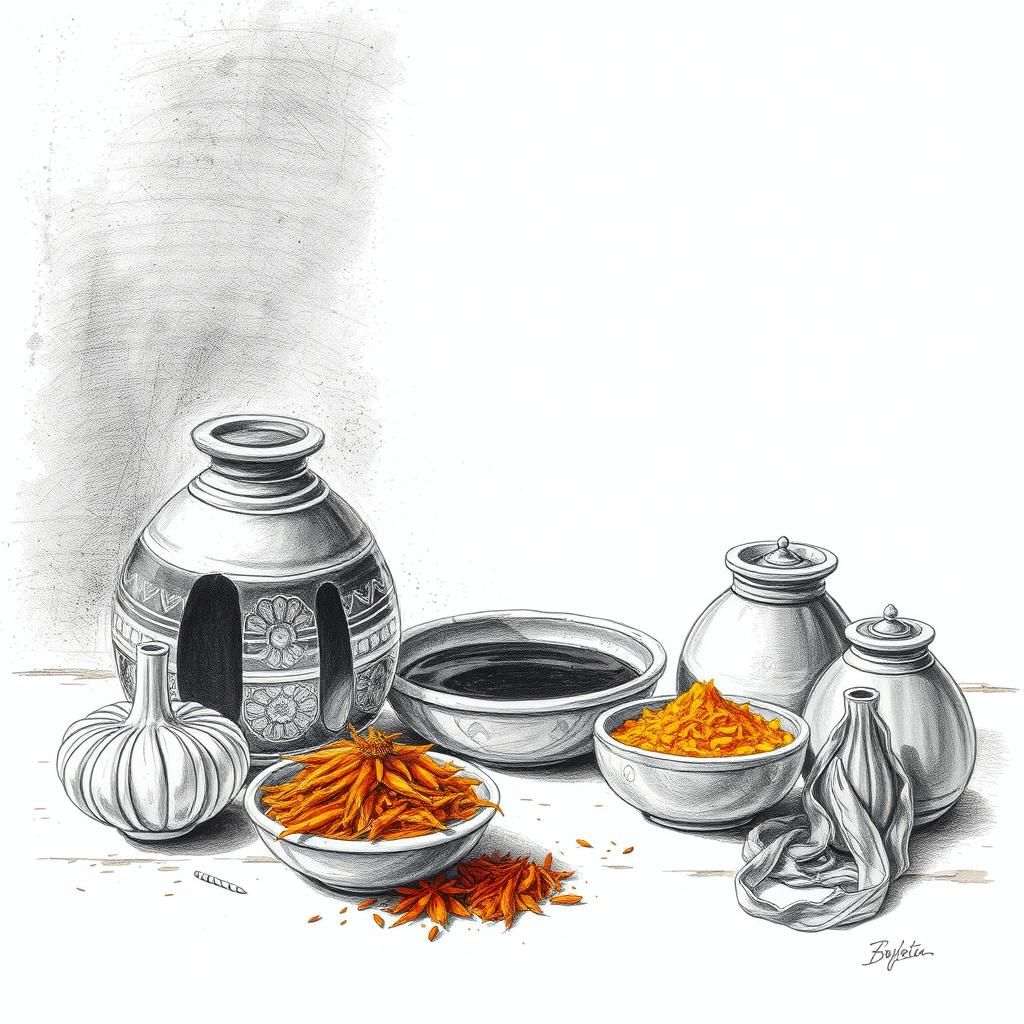
Indigo and Saffron: The Stars of 2025 Textiles
Step into a world deep with color — where the rich, midnight blue of indigo meets the warm, golden glow of saffron. These two natural dyes have carved their place not just in history books but in the very fabric of today’s textiles, shining brighter than ever in 2025.
Indigo Dye’s Cultural and Artistic Legacy
Imagine ancient hands stirring vats of fermented leaves, coaxing out a blue so vivid it seems to capture the sky itself. Indigo’s story spans continents — from the fields of India to West Africa and beyond. Its distinctive shade has long been prized, symbolizing everything from royalty to rebellion. The vat dyeing process, where fabric dips into a mysterious, oxygen-starved bath, reveals a depth and texture that almost mirrors stained glass art — intricate layers of light and shadow. Today, designers revive indigo’s allure, blending traditional techniques with fresh aesthetics, proving that this age-old color still speaks volumes.
Saffron Dye: Vibrant Yet Delicate
Then there’s saffron — a rare treasure harvested painstakingly from delicate crocus flowers. Its spicy aroma and luminous yellow-orange tones carry centuries of meaning, symbolizing wealth, spirituality, and festivity. But saffron’s beauty is delicate; without careful mordanting, its brightness can fade, slipping away like a sunset. Despite the challenges, artisans honor its legacy by weaving saffron hues into modern textiles, insisting that this ephemeral glow continues to tell stories of cultural pride and nature’s generosity.
Textile Traditions Spotlight: Batik and Henna
Enter batik and henna — traditions where dyeing becomes more than color; it’s ritual and art. Batik’s wax-resist technique, often paired with indigo, paints fabrics with patterns that ripple like water or flame. It’s a dance of chemistry and creativity, where each stroke preserves the balance between dye and fabric. Henna, too, holds its place — lending its reddish-brown tint not just to skin in ceremonial rites but to textiles that whisper tales of identity and celebration. These practices preserve a human thread, connecting past and present, reminding us that every dyed cloth carries a piece of someone’s story — for us to see, touch, and cherish.
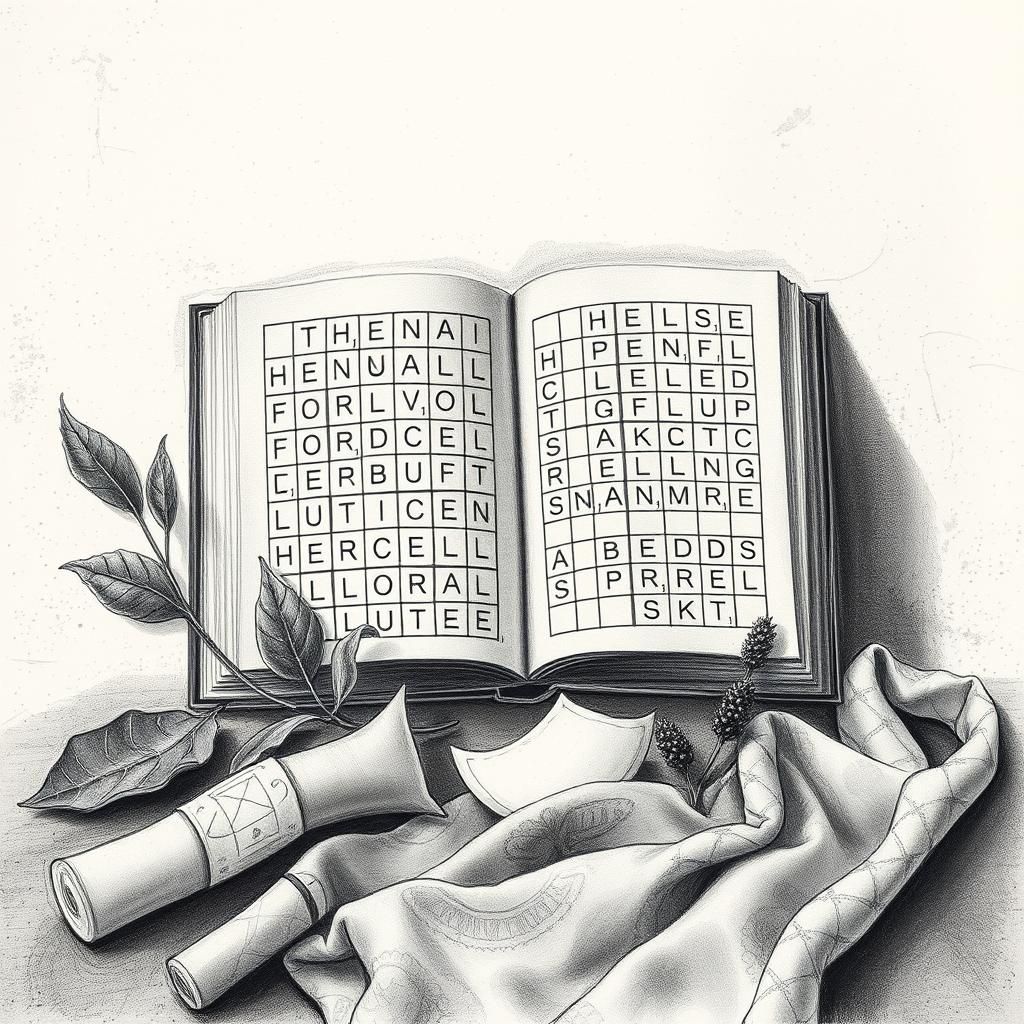
Dye Crossword Clues: Weaving Language and Legacy
Imagine sitting over a crossword puzzle, pen in hand, when the clue “Use a henna rinse” nudges you toward a word steeped in culture and color. These seemingly simple hints open a window into the rich world of natural dyes, where language and tradition intertwine as vividly as indigo and saffron on fabric.
Common crossword clues often draw from the palette of natural dyeing—“colorant from a plant,” “fixing agent in dyeing,” or “wax-resist textile art” guide solvers toward terms like henna, mordant, and batik. Each answer carries a story. Henna, for instance, isn’t just a reddish-brown pigment; it’s a centuries-old ritual, dyeing skin and cloth with symbolic meaning. Mordants, those humble chemical helpers like alum or tannin, play a quiet yet crucial role in transforming fleeting colors into lasting memories on fabric.
Crosswords don’t just challenge our vocabularies—they invite curiosity. They are puzzles that teach, subtly weaving science and art into everyday moments. A clue like “mordant” might spark a question: How does this agent fix color? This playful nudge connects us to the alchemy behind dyeing traditions, turning a simple game into a bridge between past and present.
Beyond individual words, these puzzles become cultural storytellers. They spotlight practices like batik, where wax and dye dance in carefully crafted patterns, or bathe attention to pigments born from nature’s palette. In doing so, crosswords preserve and celebrate textile heritage, inviting a new generation to appreciate the textures, hues, and histories spun into every dyed thread.
So, next time you face a clue hinting at a plant-based color or a fixing agent, think of the hands that harvested leaves, prepared vats, and crafted garments centuries ago. Through crosswords, their legacy lives on—not just in museums or markets, but in the quiet joy of solving a puzzle and seeing the colors of culture come alive on the page.
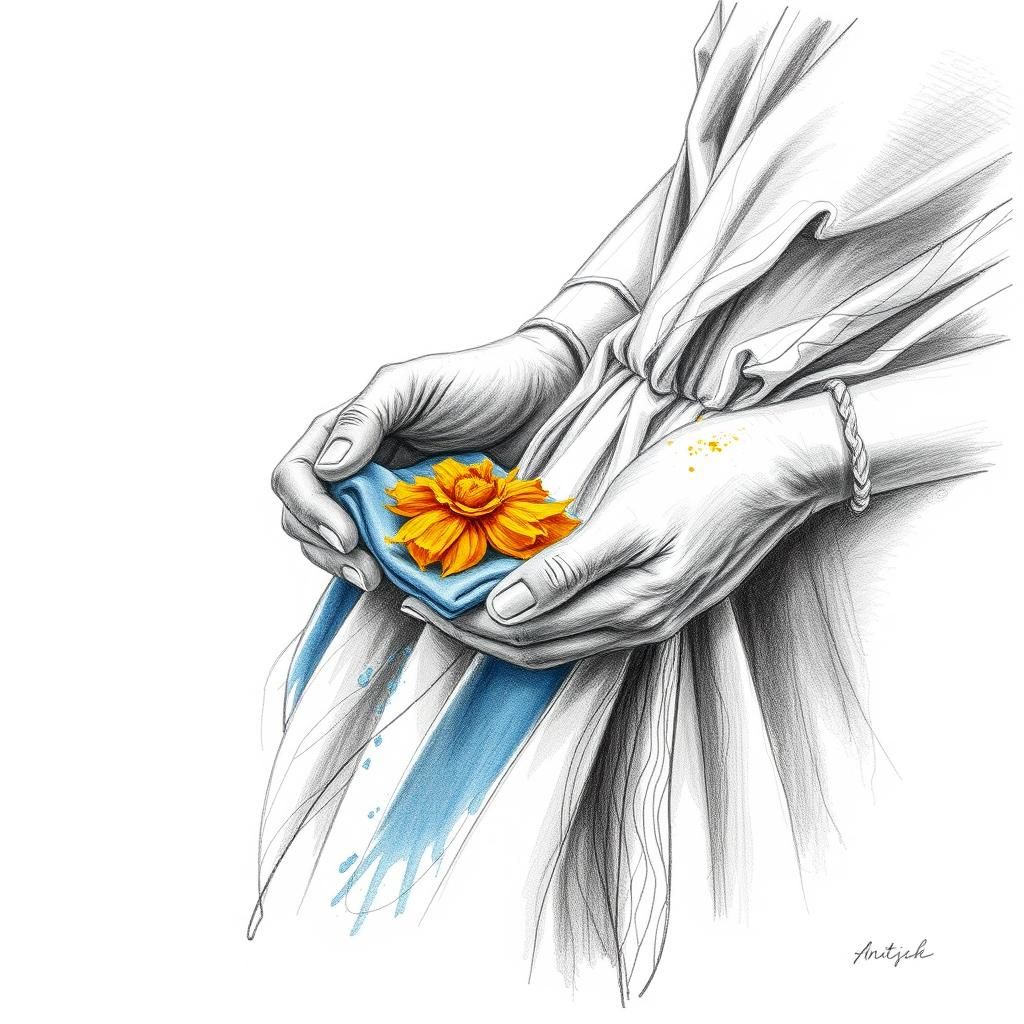
Conclusion
Natural dyes like indigo and saffron continue to color not just fabrics but the stories woven into 2025’s vibrant textile scene. These age-old pigments, celebrated for their deep hues and cultural weight, remind us how much care and craft go into every thread. Mordants, often overlooked, quietly perform their magic—fixing colors so they endure the wear of time and use. Without them, the brilliance might fade, but with their help, traditions remain vivid, passed down from hand to hand.
In puzzles, too, these dyes take on a new life. Crossword clues draw curious minds into the world of plant pigments and dye chemistry, connecting heritage with playfulness. It’s a gentle way to keep the legacy alive—inviting everyone to pause, guess, and uncover stories rooted in culture and science.
Looking ahead, natural dyes are more than a nod to nostalgia; they embody a growing passion for sustainability and authenticity. As more artists and crafters embrace botanical colorants, the blend of tradition, art, and education continues to flourish—across looms, pages, and puzzles alike. By exploring these rich threads, we not only honor the past but also inspire future creativity and connection. So next time you spot a crossword hint or a hand-dyed fabric, remember—there’s a timeless story waiting just beneath the surface.
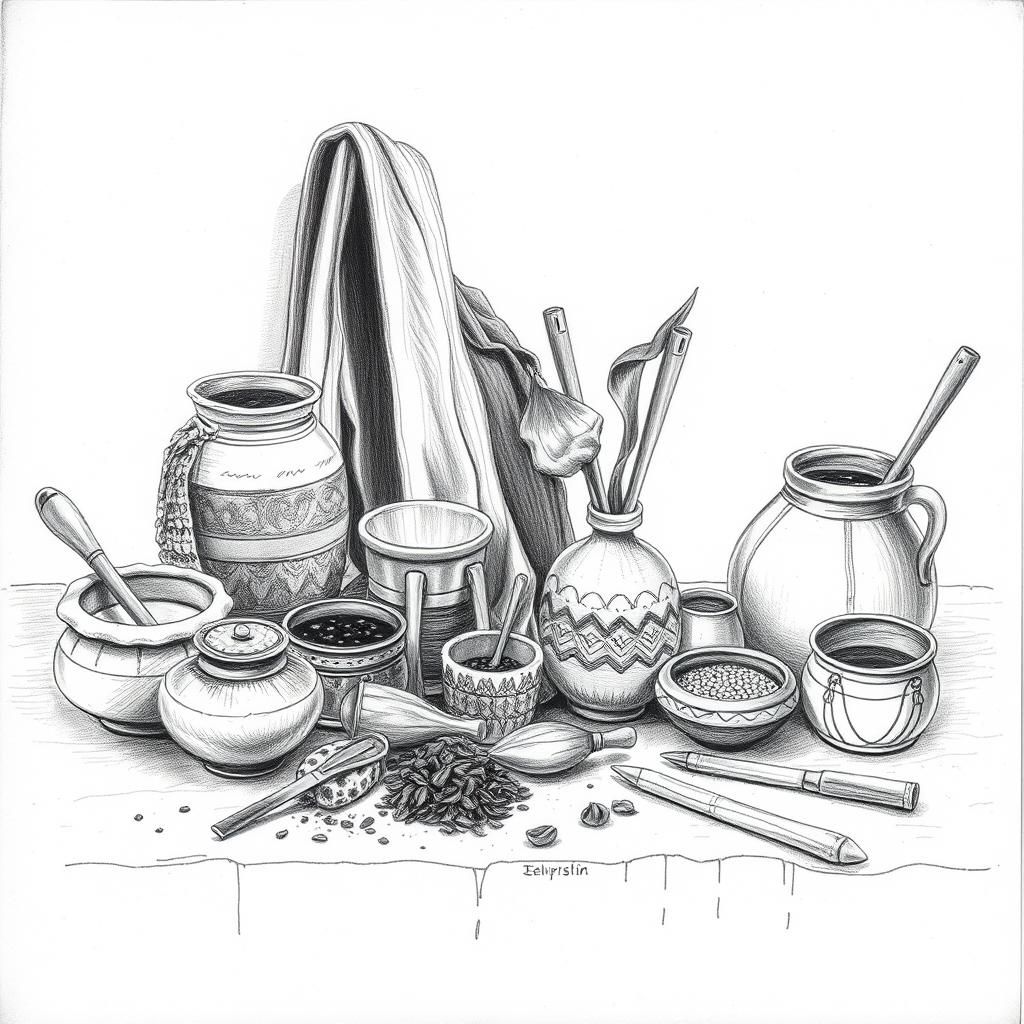
External Links
For those eager to dive deeper into the vibrant world of natural dyes, these resources offer a blend of cultural insight, scientific exploration, and creative inspiration—much like walking through a living gallery of color and history.
-
UPSC Essentials on Art, Culture, and History
A thoughtful roundup that connects traditional art forms with current affairs, helping you see how natural dyes fit into broader cultural narratives.
Read more -
Indigo Artists and Batik Art Exploration
Step into the studios where indigo’s deep blues come alive in batik textiles—where history, craft, and contemporary creativity flow together seamlessly.
Discover here -
Guide to Mordants in Natural Dyeing
Unlock the chemistry behind mordants and see how these “color fixers” quietly shape the palette of natural textiles.
Explore the science -
Stories on Henna and Batik Textile Dyeing
A narrative journey into two beloved dye traditions—rich with cultural meaning, sensory detail, and human stories behind the color.
Read the stories -
Crossword Clues Using Henna and Other Dyes
Enhance your puzzle play with clues that echo the heritage and science of natural dyes—where words and colors intertwine.
Try it yourself -
Sample Crossword Puzzles Featuring Dye Terms
Get hands-on with crosswords that celebrate dye vocabulary, deepening your appreciation through playful learning.
Download puzzles
These links offer much more than information; they invite you to trace the threads of tradition and innovation that color our world—one dye, one clue, one story at a time.
Share to...
I hope you enjoy the content.
Want to receive our daily crossword puzzle or article? Subscribe!
You may also be interested in
Share to…
Want to receive our daily crossword puzzle?
-
Jigsaw Puzzles
Blue-Eyed Kitten Puzzle Delight 250 | 300 | 500 Pieces
kr 348,00 – kr 439,00Price range: kr 348,00 through kr 439,00 Select options This product has multiple variants. The options may be chosen on the product page -
Jigsaw Puzzles
Chinese Dragon Jigsaw Puzzle – Zodiac Series Art 250 | 300 | 500 Pieces
kr 348,00 – kr 439,00Price range: kr 348,00 through kr 439,00 Select options This product has multiple variants. The options may be chosen on the product page -
Jigsaw Puzzles
Twelve Zodiac Mice Ink Wash Jigsaw Puzzle 250 | 300 | 500 Pieces
kr 348,00 – kr 439,00Price range: kr 348,00 through kr 439,00 Select options This product has multiple variants. The options may be chosen on the product page











